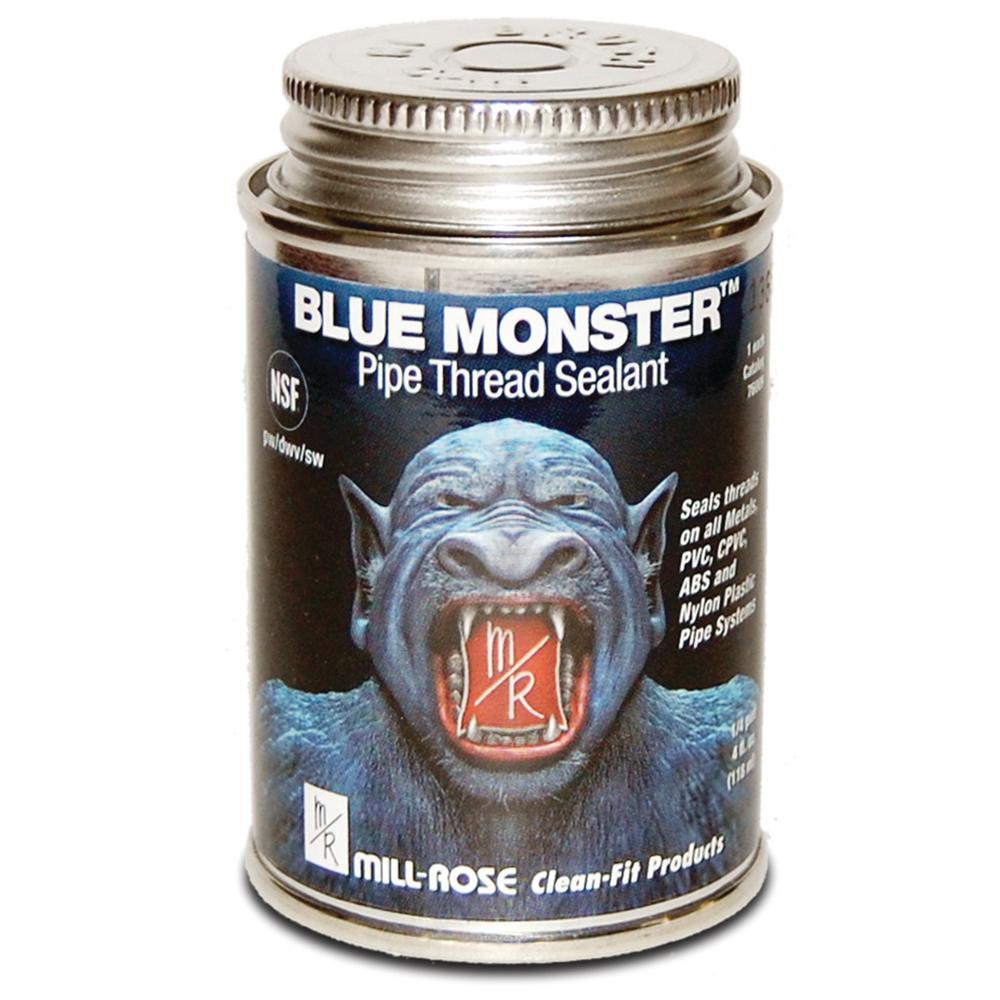Gretsch
SILVER Star
So in the last 4-5 months have completed some cooling system work to my '84 60 series. This included new WP, fan, fan clutch, all new front hoses, etc. As the weather has gotten warmer, I have noticed some coolant drops on the front timing cover periodically. I cannot really figure out where this is coming from exactly however as I never see anything dripping while the engine is idling in my garage. Even running the engine up to 3K RPM never seems to produce any leaks I can see. I only see these drips after a highway commute of some distance. I looked under the truck to try and spy where this leak is coming from and I think I may see it coming from one of the BVSV's in the thermostat housing. I took a shot of the cooling system parts looking up from the ground past the front of the motor such that you can see the underside of the WP and thermostat housing with the BVSVs in there. So the orientation is me on my back under the front of the truck, looking up into the sky. There is what appears to be some white dried coolant across the WP housing just underneath the BVSV's. This would line up where I have seen coolant droplets on the TC in the past. See this circled in the photo below:


Wanted to just see if anyone would agree that my suspicions are correct and the leak is coming from the lower BVSV above the WP in the thermostat housing or if they could suggest another possibility as to where this leak is coming from. I am desmogged so these valves are not in use and only serve as plugs for the thermostat housing. If folks agree that the photos show a leak at the BVSV I'll source some plugs for this to try and get this stopped. Apologies in advance for the poor photos. They were the best I could get. Hopefully they are good enough to try and see whats going on.
I would also like to know the size of the holes that the BVSV's fit into. I believe these are Japanese type thread and not NPT (I forget the European NPT equivalent name right now) so if anyone can confirm the size I would appreciate it. I think Jim C makes some plugs to delete BVSV's in the thermostat housing, but would be open to ideas on known plugs that fit these holes. As always, thanks in advance.
Wanted to just see if anyone would agree that my suspicions are correct and the leak is coming from the lower BVSV above the WP in the thermostat housing or if they could suggest another possibility as to where this leak is coming from. I am desmogged so these valves are not in use and only serve as plugs for the thermostat housing. If folks agree that the photos show a leak at the BVSV I'll source some plugs for this to try and get this stopped. Apologies in advance for the poor photos. They were the best I could get. Hopefully they are good enough to try and see whats going on.
I would also like to know the size of the holes that the BVSV's fit into. I believe these are Japanese type thread and not NPT (I forget the European NPT equivalent name right now) so if anyone can confirm the size I would appreciate it. I think Jim C makes some plugs to delete BVSV's in the thermostat housing, but would be open to ideas on known plugs that fit these holes. As always, thanks in advance.

